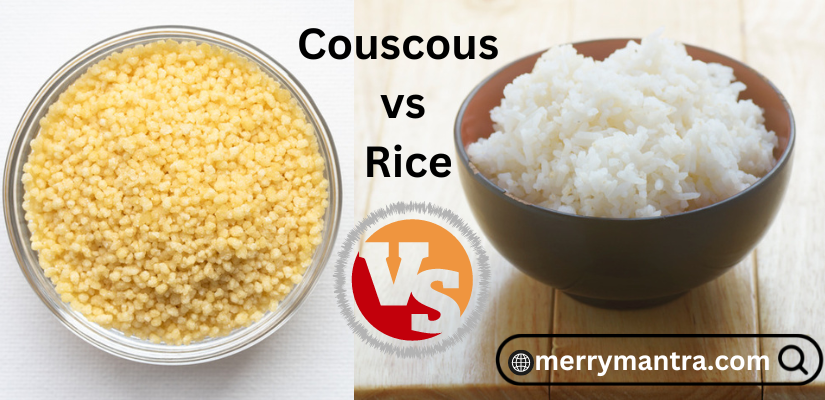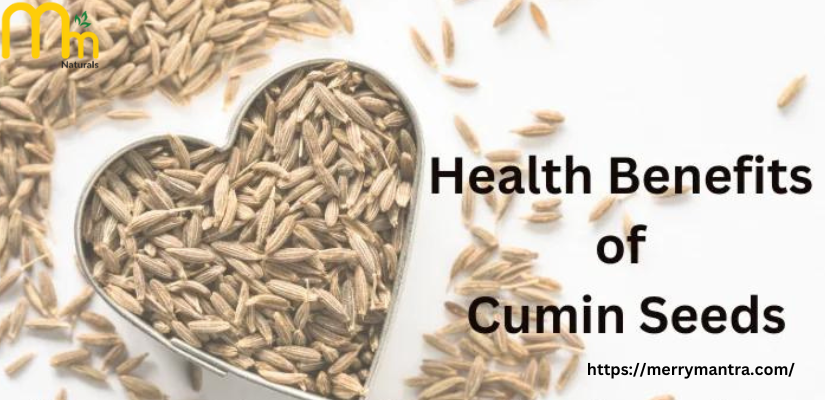In this article, we will share the knowledge about Couscous vs Rice. Starting your day with a healthy dish is what matters to keep your mind and body healthy. Couscous and rice are the two healthy grains that work as a kick-start for the day. One can exchange the grains for one another, and they have a subtle flavor. The consumption of rice is especially high in Asian countries. In North African and Middle Eastern countries, people commonly prepare and enjoy couscous as a famous dish.
In the preparation of couscous, durum wheat semolina is use to dust and emulsify water.
What is Couscous?
The food item traditionally belongs to North Africa.
Durum wheat, specifically its most rigid part called semolina, is used to prepare couscous, which is not a grain or a seed. There is a significant difference between couscous and rice.
Semolina is sprayed with water and is rolled with hands to form small prills. In order to separate them, dry flour is used, and then the prills are filtered with the help of filter and the process continues till we get the final product i.e. couscous.
Meal Time!
There are some local variations of Couscous vs Rice that is serve in different places that are as follows:
- In Tunisia, people serve couscous spicy with harissa sauce. Tunisians prefer fish as a dish and prepare it with various sea foods like octopus and squid.
- In Libya, people prepare and serve a flavorful mixture of lamb and couscous with beef or camel meat.
- In Algeria, people serve and eat couscous, which is a traditional Algerian dish, accompanied by vegetables, meat or fish.
Someone can prepare couscous as a sweet dish using dates, pure honey, or sesame and name it “Maghrood” in the local language if they prefer.
When one makes couscous a sweet dish using dates, pure honey, or sesame, it is known as “Maghrood” in the local language.
- In Mauritania, couscous is characterised by a dusky shade rather than yellow couscous. Locally, it is prepared in different kinds of meat along with tomatoes, onions, carrots and sauce, is add for a little twist and served with ghee, and is known as “Dhen” in local language.
- In Malta, they grow a larger variant of couscous called ‘Kusksu’.
Prepare a dish with bejniet (locally prepared cheese) and ful (broad beans), and serve it with kusksu for an experience.
Uses of Couscous
- This food item is use to make a side dish.
- You can add it to soup to enhance the taste.
- You can use this dish for both sweet and spicy dishes.
Nutritional value of Couscous
- Cholesterol: 0 mg
- Sodium: 0 mg
- Total Carbohydrate: 39 g
- Dietary Fiber: 2 g
- Calories: 190
- Total Fat: 0.5 g
- Saturated Fat: 0 g
- Trans Fat: 0 g
What is Rice?
Rice is a cereal grain that is most important among Asian and African countries. It belongs to the class of grass species named as Oryza Sativa or Asian rice. The African scientific name of the rice is Oryza Glaberrima.
Generally, rice is white in color but varies due to its essence, thickness, stickiness and its method of growing.
You can easily find Basmati rice, Brown rice or White rice from the market and respective stores, and there is also a brief discussion on how to cook basmati rice.
Uses of Rice
- Rice is rich in carbohydrates.
- One makes risotto, curry, and stew, among other dishes, with it.
- Non-veg dishes are not complete without rice.
Nutritional Value of Rice
- Sodium: 0 mg
- Total Carbohydrate: 39 g
- Dietary fiber: 1 g
- Calories: 190
- Total Fat: 1 g
- Saturated Fat: 0 g
- Total sugars: 1 g
- Protein: 4 g
Essential Fiber
When comparing rice and couscous, we typically measure the amount of dietary fiber they provide as a nutrient. Consuming sufficient amounts of fiber with the help of foods you consume has a crucial impact on your gut health.
Fiber helps in maintaining your blood sugar levels and reduces the speed of absorption of sugar from carbohydrates, which provides energy to an individual.
Through maintenance of the natural fiber in bran, we consider it the best source of fiber and a great start to a healthy diet.
For getting great results consult a medical healthcare expert who will take care of your diet and suggest the best for your well-being.
Conclusion
Excession of anything can lead to damage if you want the best for your body to seek medical consultation from a healthcare expert. You can choose one of the nutritious fibers according to your own taste and choice.
Fitness experts widely use these fibers to maintain their calorie count, making them popularly used across the world.


